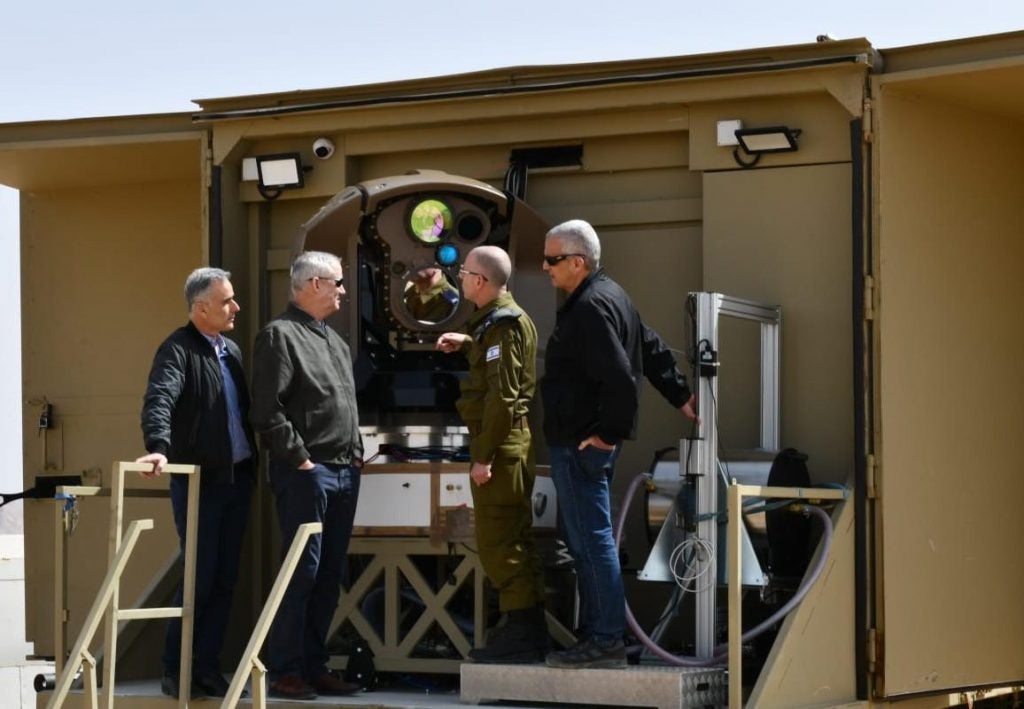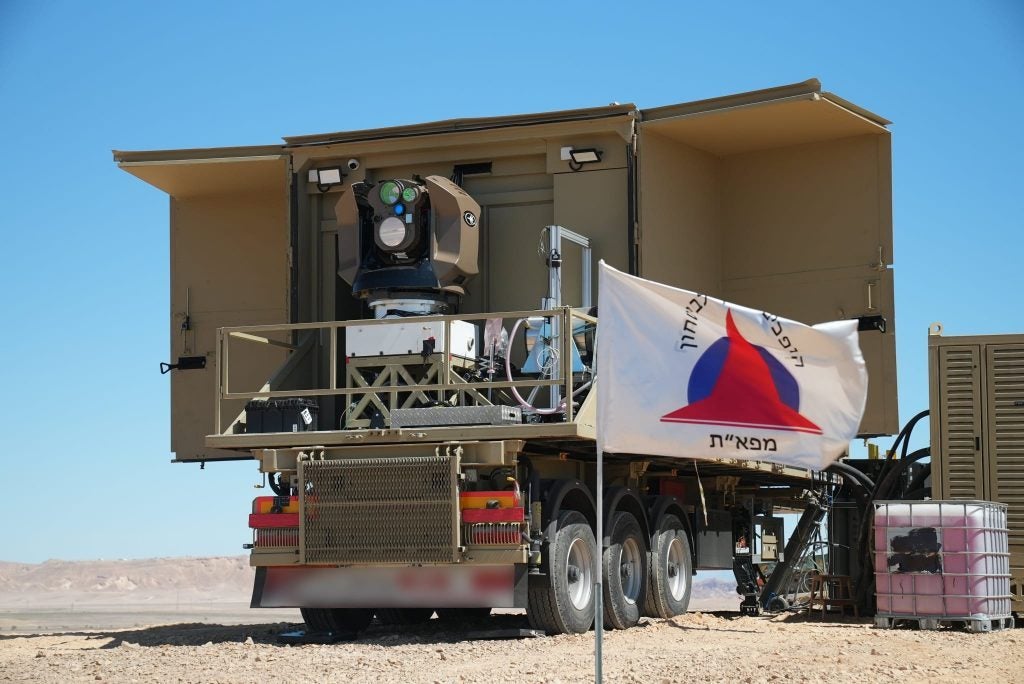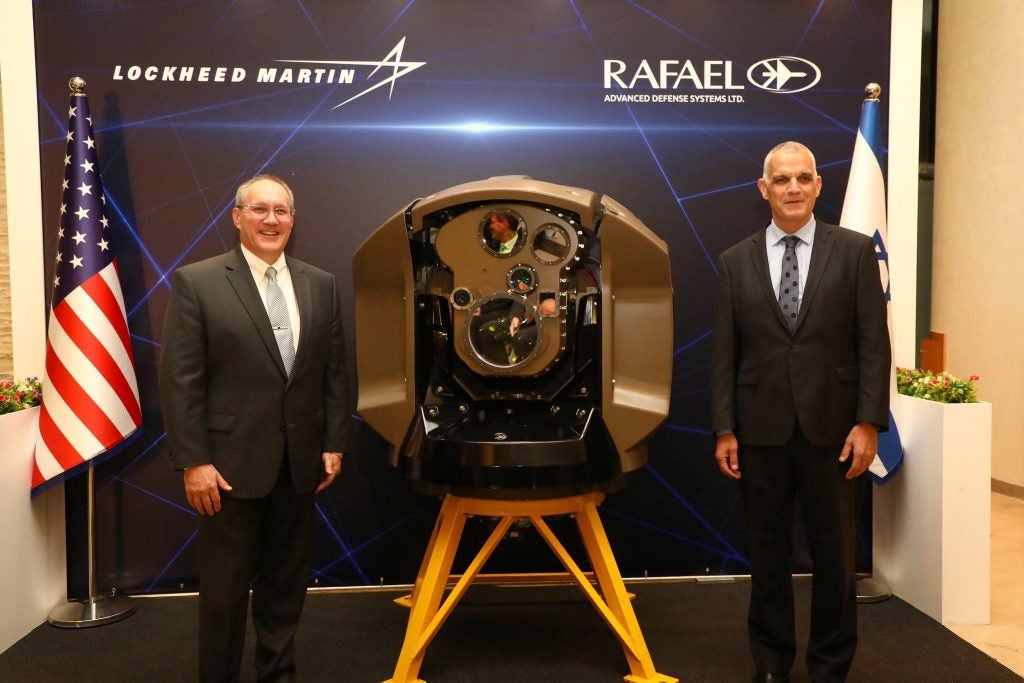Lockheed Martin and Rafael Advanced Defense Systems To Collaborate On The Iron Beam Laser Weapon System
Lockheed Martin has signed an agreement with Israel’s Rafael Advanced Defense Systems to collaborate on the development of Iron Beam, a high-power laser interceptor system. According to a statement from Lockheed Martin, the partnership will concentrate on developing, testing, and manufacturing a variant of the Iron Beam system for the American market as well as well as other markets.
Retired Major General Yoav Har-Even, Rafael’s CEO and Chairman, stated: “This strategic teaming agreement serves as a force multiplier for RAFAEL and the Israeli market. We are working to ensure our customers receive the most advanced, effective, and best in class systems. This agreement will expand and diversify the capabilities we can offer to a variety of customers. Over the last three decades, alongside the DDR&D and the Israeli Ministry of Defense, RAFAEL has invested in laser research and development, resulting in IRON BEAM and we expect to become the first operational laser defense system of its kind. This serves as a clear example of Israeli-made capabilities leading to strategic cooperation which will greatly benefit both sides.”
Chief Operating Officer of Lockheed Martin, Frank St. John, said: “Lockheed Martin’s mission is to deliver the best security solutions that help our customers stay ahead of their adversaries. Working with Rafael, our joint team will help bring this new, life-saving capability to our customers. This unique capability will enhance Israel’s vital air and missile defense system with state-of-the-art laser technology, and we are honored by the opportunity to expand Lockheed Martin’s role as a security teammate for the State of Israel.”

The IRON BEAM High Energy Laser Weapon System (HELWS), developed in collaboration with RAFAEL and the Israeli Ministry of Defense’s Directorate of Defense Research and Development (DDR&D), is the most recent addition to Israel’s existing multi-layered air and missile defense umbrella, which includes the Iron Dome, David’s Slingshot, and Arrow systems. The system was first shown at the 2014 Singapore Air Show, and the Israeli Ministry of Defense approved a “significant” budget for its development and procurement in March of this year. The system was then successfully tested in April. Throughout the tests, the system successfully intercepted UAVs, mortars, rockets, and anti-tank missiles in a variety of scenarios. Furthermore, during US President Joe Biden’s visit to Israel on July 13, he examined the Iron Beam HELWS and received detailed information about the project.
IRON BEAM is a 100kW-class HELWS, expected to be the first-ever operational system for ground-based air defense against threats such as rockets, mortars, and UAVs, delivering engagement at the speed of light. Public sources claim that the system can be employed in all types of weather, that it can focus on multiple targets simultaneously, and that it can intercept the same target more than once. The system can also cause damage at various levels while limiting environmental damage as there is no risk of the weapon falling into civilian settlements in the event of a system failure.

In comparison to other defense systems, Iron Beam offers Israel two significant advantages. The first is that there is no limit to the number of shots per target. Iron Beams can fire indefinitely if the power sources remain constant. The secondary reason is the system’s cost. Despite the high development costs, the system keeps engagement costs to a minimum (firing, repair, and maintenance). While each shot from an Iron Beam system is said to cost $3.50, a Tamir missile used in Iron Dome, for instance, costs tens of thousands of dollars. This aids the system in reversing the country’s economic equation, which differs significantly from other available means of protection against the threats Israel faces.

